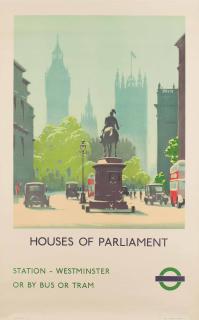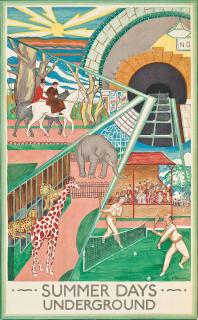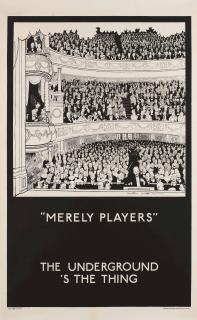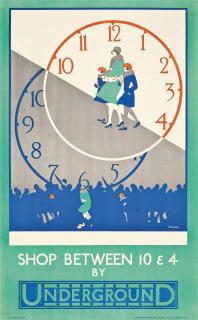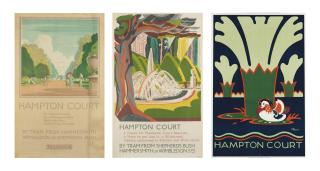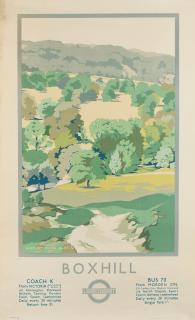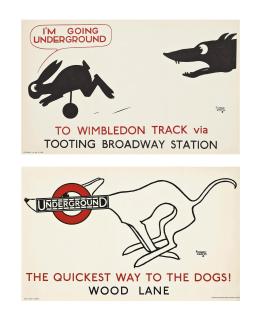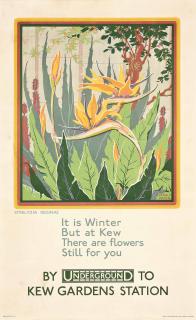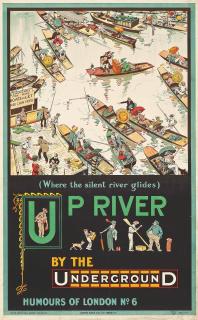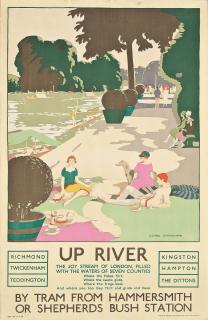- Art.Salon
- Artists
- Thomas Martyn
- The Universal Conchologist, Exhibiting The Figure of Every Known Shell Accurately Drawn And Painted After Nature. [London: For The Author, N.D. But 1784 And Later, Some Plates Watermarked 1824]--A Collection of 40 Engraved Plates From The Work (275 X
![Thomas Martyn - The Universal Conchologist, Exhibiting The Figure of Every Known Shell Accurately Drawn And Painted After Nature. [London: For The Author, N.D. But 1784 And Later, Some Plates Watermarked 1824]--A Collection of 40 Engraved Plates From The Work (275 X](/images/thomas-martyn_the-universal-conchologist-exhibiting-the-figure-of-every-known-shell-accurately-drawn-and-painted-after-nature-london-for-the-author-n-d-but-1784-and-later-some-plates-watermarked-1824-a-collection-of-40-engraved-plates-from-the-work-275-x_AID632178.jpg?f=grey)
Thomas Martyn
The Universal Conchologist, Exhibiting The Figure of Every Known Shell Accurately Drawn And Painted After Nature. [London: For The Author, N.D. But 1784 And Later, Some Plates Watermarked 1824]--A Collection of 40 Engraved Plates From The Work (275 X
Found at
Christies,
London
Exploration and Travel with The Polar Sale, Lot 42
23. Sep - 23. Sep 2004
Exploration and Travel with The Polar Sale, Lot 42
23. Sep - 23. Sep 2004
Estimate: XX.XXX
Price realised: XX.XXX
Price realised: XX.XXX
Description
THOMAS MARTYN (fl.1760-1816)
The Universal Conchologist, exhibiting the figure of every known shell accurately drawn and painted after nature. [London: for the author, n.d. but 1784 and later, some plates watermarked 1824]--A collection of 40 engraved plates from the work (275 x 380mm and smaller), all finely handcoloured to resemble original watercolours, most within a black ink-ruled frame and including 4 plates present in two states, some with contemporary and/or later manuscript captions. (Some plates with scattered light spotting or light dampmarking, some captions trimmed.)
FORTY PLATES FROM 'ONE OF THE MOST BEAUTIFUL OF ALL SHELL BOOKS, CONTAINING EXQUISITE RENDERINGS OF SHELLS COLLECTED ON COOK'S THREE VOYAGES and on other voyages, with specimens identified as having been obtained from New Holland, New Zealand, Tahiti, Tonga, and the Hawaiian Islands' (Hawaiian National Bibliography 80). The eighteenth-century passion for conchology--practised by such distinguished collectors and connoisseurs as Margaret Cavendish Bentinck, second Duchess of Portland, Sir Joseph Banks, Pierre Lyonet, Charles William Ferdinand, Duke of Brunswick, and Maria Theresa, Empress of Austria--generated a vigorous (and voracious) market for exotic rarities and previously-unknown specimens. As an example of the astronomical prices paid for fine examples (which echoed the tulipomania of the previous century, in spite of the political upheavals of the period), the posthumous sale of Lyonet's collections in 1791 may be cited; this auction saw his exemplum of the 'Nautile vitré' real
Martyn's Universal Conchologist used these shells, together with specimens from the cabinets of the Duchess of Portland, the Countess of Bute, John Hunter and others, as models for the 160 plates, and the work sought to give both scientists and connoisseurs a systematic treatise on shells, which was carefully and clearly illustrated. As Martyn states in the preface: 'complicated systems, bad arrangements, and the practice of crowding many sheets of different families into one plate, have not only confused the subject, and created a distaste to the science itself, but made it necessary that even the most experienced collector should have some clew to conduct him through those labyrinths of difficulties' (Universal Conchologist, p.4). By comparison with such works, the shells on Martyn's plates are beautifully detailed and very clearly displayed; the first eighty plates each showing two shells, the second eighty with one shell per plate (although, since the shells from Cook's last voyage
The exquisitely-coloured plates with their barely-visible printed bases and dense hand-colouring were the work of an academy of indigent young artists recruited by Martyn. His early experiments, using independent and established artists to colour his engravings, had proved costly and unsatisfactory; their services were expensive, and the results of their work too varied and inconsistent to be scientifically satisfying. Therefore, Martyn recruited young men who showed artistic talent, and trained them himself; since their styles were as yet unformed, he felt that there 'would generally be found that uniformity and equality of style, conception, and execution which it would be in vain to expect from a variety of independent artists' (Martyn, quoted by P. Dance op. cit., p.101), and the fruit of their labours was 'a work which, for beauty, has seldom been surpassed in the history of conchological iconography' (P. Dance op. cit., p.103). The plates were issued in varying formats over an ex
Eventually the Academy comprised nine talented, young artists, and the skill and delicacy of their specific technique is alluded to in Martyn's double prospectus for the suite of four prints of the South Sea Islands after Cleveley (see lots 35, 40 and 41) and his Universal Conchologist: 'A certain number of these elegant views, finely coloured, in a style entirely new, so as scarcely to be distinguished from the original drawings, will be executed by the pupils of Mr. Martyn's Academy'.
Since Martyn dispersed some of the shells after he had published this work, the Universal Conchologist is distinguished as the only illustrated catalogue of the greater part of the shells collected on the Third Voyage, supplemented by examples from other cabinets which had been collected during Cook's previous voyages, and it should therefore be considered as scientifically important as a record of the conchological discoveries of the Third Voyage, as Banks' Florilegium is as a record of the botanical discoveries of the First Voyage.
The Universal Conchologist, exhibiting the figure of every known shell accurately drawn and painted after nature. [London: for the author, n.d. but 1784 and later, some plates watermarked 1824]--A collection of 40 engraved plates from the work (275 x 380mm and smaller), all finely handcoloured to resemble original watercolours, most within a black ink-ruled frame and including 4 plates present in two states, some with contemporary and/or later manuscript captions. (Some plates with scattered light spotting or light dampmarking, some captions trimmed.)
FORTY PLATES FROM 'ONE OF THE MOST BEAUTIFUL OF ALL SHELL BOOKS, CONTAINING EXQUISITE RENDERINGS OF SHELLS COLLECTED ON COOK'S THREE VOYAGES and on other voyages, with specimens identified as having been obtained from New Holland, New Zealand, Tahiti, Tonga, and the Hawaiian Islands' (Hawaiian National Bibliography 80). The eighteenth-century passion for conchology--practised by such distinguished collectors and connoisseurs as Margaret Cavendish Bentinck, second Duchess of Portland, Sir Joseph Banks, Pierre Lyonet, Charles William Ferdinand, Duke of Brunswick, and Maria Theresa, Empress of Austria--generated a vigorous (and voracious) market for exotic rarities and previously-unknown specimens. As an example of the astronomical prices paid for fine examples (which echoed the tulipomania of the previous century, in spite of the political upheavals of the period), the posthumous sale of Lyonet's collections in 1791 may be cited; this auction saw his exemplum of the 'Nautile vitré' real
Martyn's Universal Conchologist used these shells, together with specimens from the cabinets of the Duchess of Portland, the Countess of Bute, John Hunter and others, as models for the 160 plates, and the work sought to give both scientists and connoisseurs a systematic treatise on shells, which was carefully and clearly illustrated. As Martyn states in the preface: 'complicated systems, bad arrangements, and the practice of crowding many sheets of different families into one plate, have not only confused the subject, and created a distaste to the science itself, but made it necessary that even the most experienced collector should have some clew to conduct him through those labyrinths of difficulties' (Universal Conchologist, p.4). By comparison with such works, the shells on Martyn's plates are beautifully detailed and very clearly displayed; the first eighty plates each showing two shells, the second eighty with one shell per plate (although, since the shells from Cook's last voyage
The exquisitely-coloured plates with their barely-visible printed bases and dense hand-colouring were the work of an academy of indigent young artists recruited by Martyn. His early experiments, using independent and established artists to colour his engravings, had proved costly and unsatisfactory; their services were expensive, and the results of their work too varied and inconsistent to be scientifically satisfying. Therefore, Martyn recruited young men who showed artistic talent, and trained them himself; since their styles were as yet unformed, he felt that there 'would generally be found that uniformity and equality of style, conception, and execution which it would be in vain to expect from a variety of independent artists' (Martyn, quoted by P. Dance op. cit., p.101), and the fruit of their labours was 'a work which, for beauty, has seldom been surpassed in the history of conchological iconography' (P. Dance op. cit., p.103). The plates were issued in varying formats over an ex
Eventually the Academy comprised nine talented, young artists, and the skill and delicacy of their specific technique is alluded to in Martyn's double prospectus for the suite of four prints of the South Sea Islands after Cleveley (see lots 35, 40 and 41) and his Universal Conchologist: 'A certain number of these elegant views, finely coloured, in a style entirely new, so as scarcely to be distinguished from the original drawings, will be executed by the pupils of Mr. Martyn's Academy'.
Since Martyn dispersed some of the shells after he had published this work, the Universal Conchologist is distinguished as the only illustrated catalogue of the greater part of the shells collected on the Third Voyage, supplemented by examples from other cabinets which had been collected during Cook's previous voyages, and it should therefore be considered as scientifically important as a record of the conchological discoveries of the Third Voyage, as Banks' Florilegium is as a record of the botanical discoveries of the First Voyage.
Upper estimated price slightly exceeded
The work The Universal Conchologist, Exhibiting The Figure of Every Known Shell Accurately Drawn And Painted After Nature. London: For The Author, N.D. But 1784 And Later, Some Plates Watermarked 1824--A Collection of 40 Engraved Plates From The Work (275 X by Thomas Martyn was sold in the Exploration and Travel with The Polar Sale auction at Christies in London in September 2004. Here, the upper estimate of GBP 5,000.00 was slightly exceeded - the artwork found a new owner for GBP 5,019.00 (€ 7,312.05). Admittedly, works by Thomas Martyn have also been auctioned for a multiple of this price - according to our records, the highest result so far was achieved by the work Figures of plants, 1796, original botanical watercolours in May last year with an auction result of GBP 47,880.00 (€ 56,326.26).
Oberer Schätzpreis leicht übertroffen
Die Arbeit The Universal Conchologist, Exhibiting The Figure of Every Known Shell Accurately Drawn And Painted After Nature. London: For The Author, N.D. But 1784 And Later, Some Plates Watermarked 1824--A Collection of 40 Engraved Plates From The Work (275 X von Thomas Martyn wurde im September 2004 in der Auktion Exploration and Travel with The Polar Sale bei Christies in London versteigert. Dabei wurde der obere Schätzpreis von GBP 5.000,00 leicht übertroffen – das Kunstwerk fand für GBP 5.019,00 (€ 7.312,05) einen neuen Besitzer. Freilich wurden Arbeiten von Thomas Martyn auch schon für ein Vielfaches dieses Preises versteigert – das bisher höchste Ergebnis erzielte nach unseren Aufzeichnungen die Arbeit Figures of plants, 1796, original botanical watercolours im Mai letzten Jahres mit einem Auktionsergebnis von GBP 47.880,00 (€ 56.326,26).

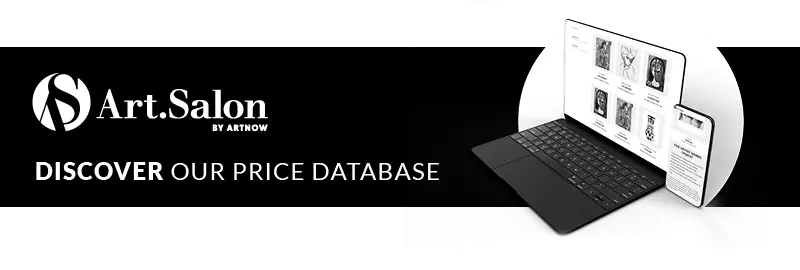






![Thomas Martyn - The Universal Conchologist, Exhibiting The Figure of Every Known Shell Accurately Drawn And Painted After Nature. [London: For The Author, N.D. But 1784 And Later, Some Plates Watermarked 1824]--A Collection of 40 Engraved Plates From The Work (275 X](/images/thomas-martyn_the-universal-conchologist-exhibiting-the-figure-of-every-known-shell-accurately-drawn-and-painted-after-nature-london-for-the-author-n-d-but-1784-and-later-some-plates-watermarked-1824-a-collection-of-40-engraved-plates-from-the-work-275-x_AID632178_320x320.jpg)







